The complete range of over 100 individual species and beautiful collections. Choose from the widest range of quality wildflower plants in the UK. These easy to grow plug plants are carefully grown from UK native wildflower seeds making it easy for you to create your very own wildflower habitat.
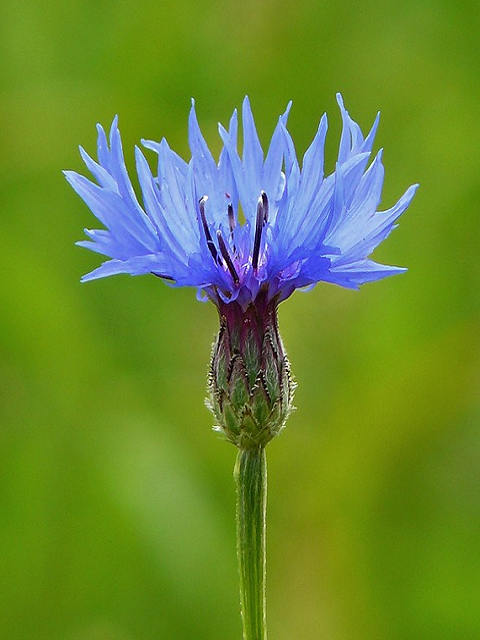
Annual. Well known in gardens in various colour forms. Has bright blue flowers tinted with purple - hence Cornflower Blue!
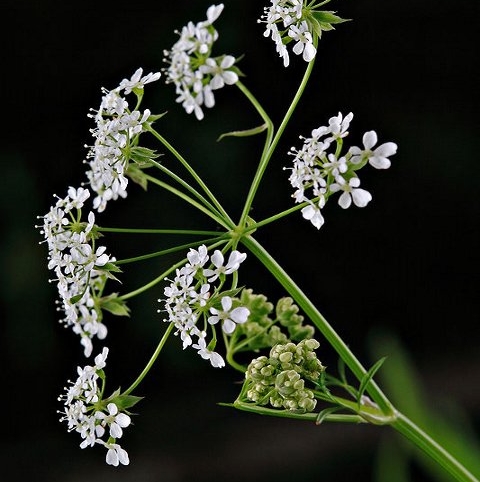
Cow parsley is generally located on the edges of hedgerows or semi-shaded meadows. Also known as wild chervil, keck or wild beaked parsley both the leaves and flowers can be made into a green dye.
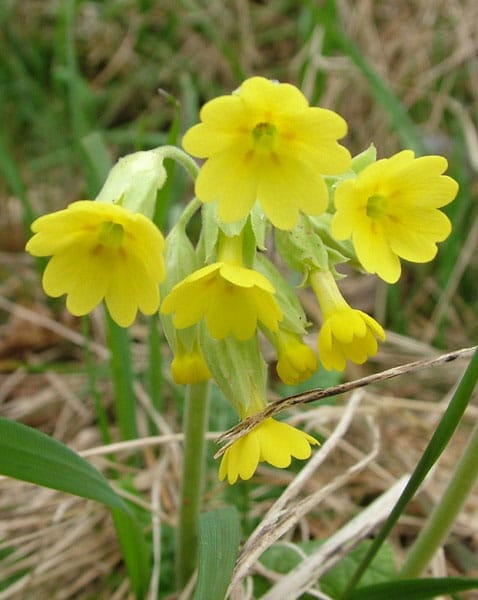
A beautiful native perennial wildflower plant growing in grassland and meadows. The deep yellow flowers are grouped on upright stalks growing from rosettes of crinkled leaves. Cowslip wildflower plants are a good nectar source for butterflies and bees. Cowslips are the food plants of the caterpillars of the Duke of Burgundy Fritillary.
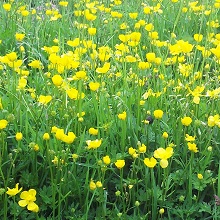
An invasive buttercup found in damp places on grassland, along woodland and field edges with its yellow flowers about 2cm across and hairy leaves which are divided into three lobes with rough edges. This bright, golden-cupped flower is a childhood favourite: if a yellow reflection appears when it is held up to the chin, it is considered as a sign that the person likes butter.
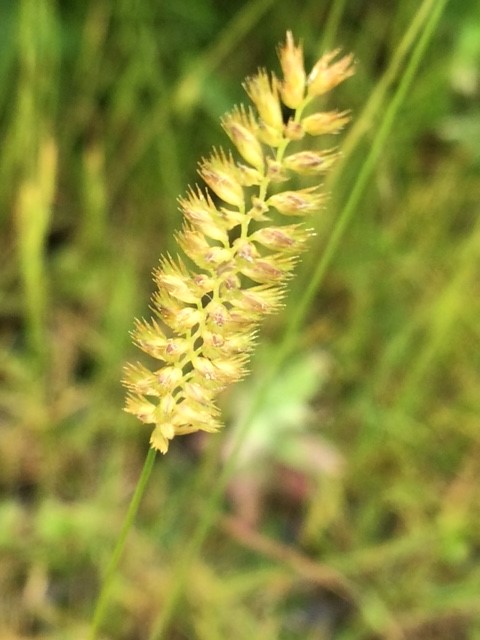
Often grown as an ornamental plant this hardy plant with purple flowers can withstand the cold and drought whilst remaining green throughout the winter. The tender young leaves are readily eaten by cattle and sheep although they leave the hard, stiff stems alone.
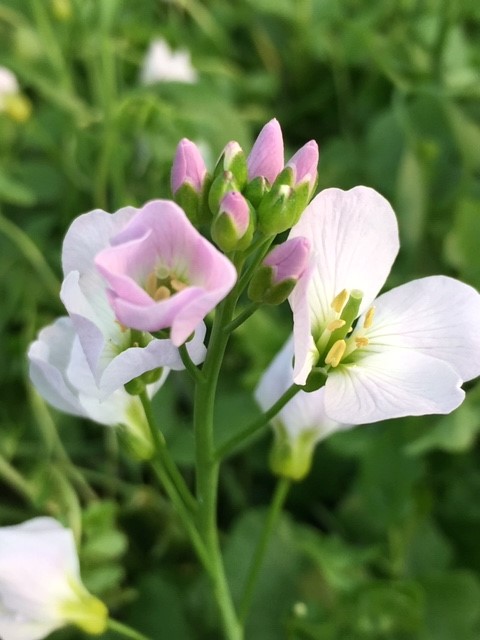
Perennial. Commonly known as Lady's Smock, Mayflower or Milkmaids. Was thought to be sacred to the fairies in folklore, and bringing it indoors was deemed to be very unlucky. Young leaves can be used as a substitute for cress due to their peppery taste.
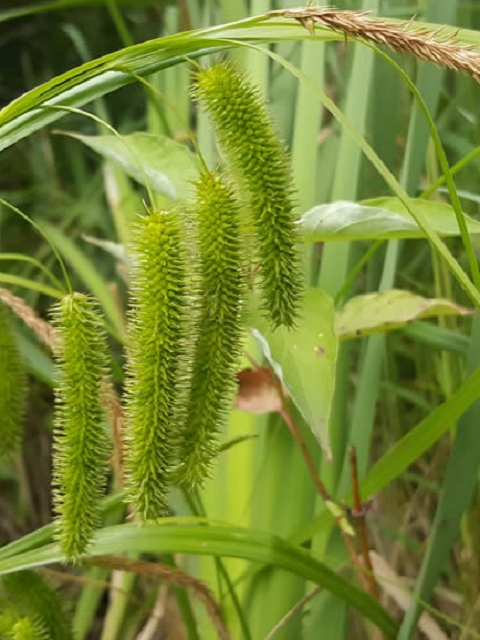
Beautiful bright yellow/green tufted sedge is a perennial, hardy plant with drooping flowers. This can grow up to four feet tall and when planted around waterways the tall spikey leaves provide much-needed cover for the wildlife.
This item is currently unavailable
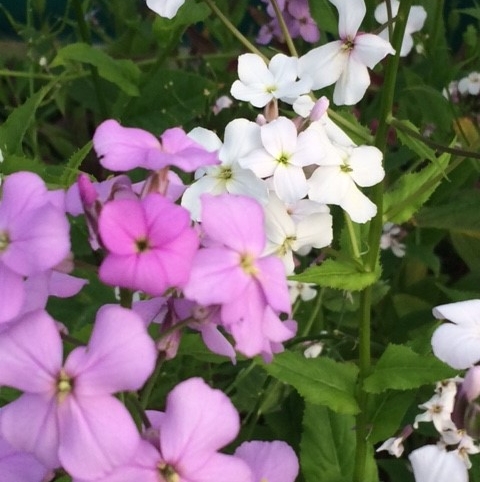
These purple or white flowers are great at attracting butterflies and look good in borders, you'll notice they become more fragrant towards the evening. Dames violet plants are perennial plants that don't mind being in the shade.

Dandelion is a perennial, a golden blaze in the May meadows and banks. Basal rosettes of leaves deeply lobed or toothed (dent de lion), flowers are composed of bright yellow ray - florets.
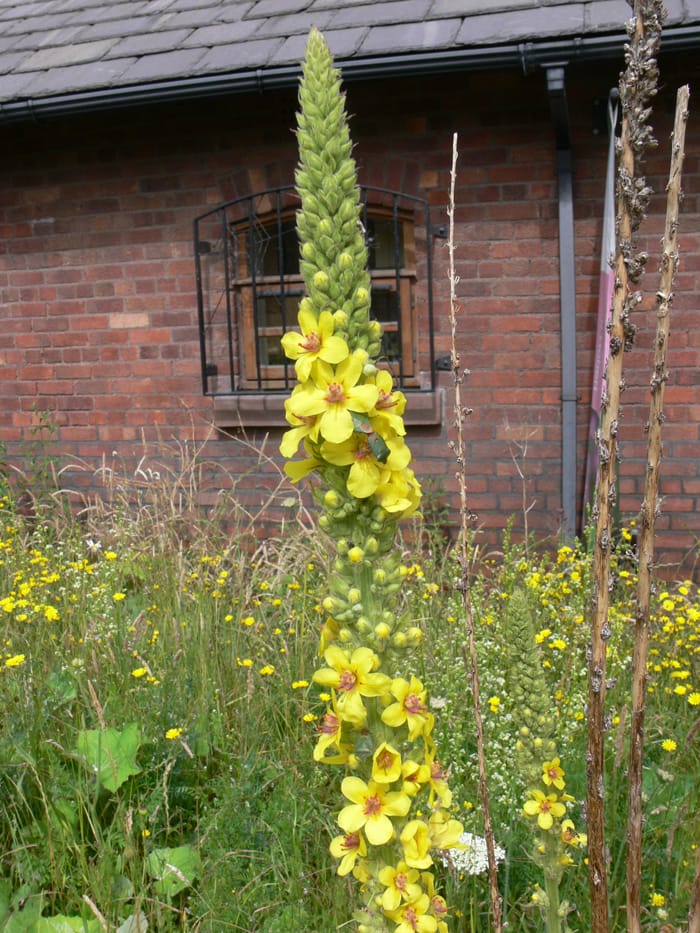
Biennial wildflower plant with yellow flowers and purple centre, that likes dry soils and gravelly places favours more calcareous soils. Dark mullein can grow over a metre tall and is a perennial. A rosette of leaves throws up a spike of rich yellow flowers with orange anthers, growing in the herbaceous border.
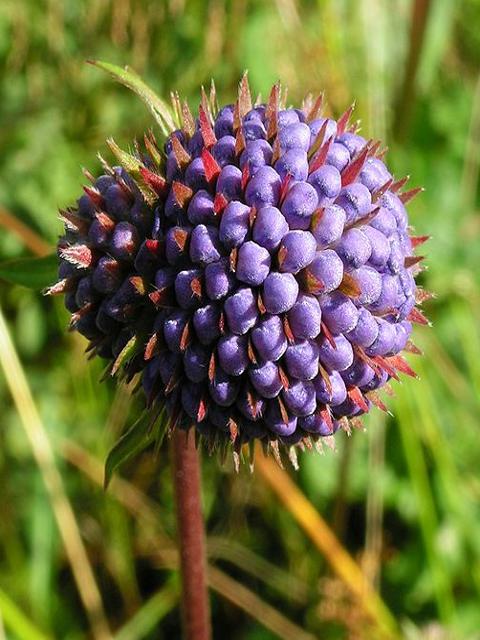
A tall native perennial common throughout Britain in marshes, meadows, roadsides and damp woods. Mauve to purple wildflower heads on slender stems from June to October attracts bees and butterflies. These are the food caterpillars of the Marsh Fritillary.

A cheerful bold perennial thrives across a wide range of soil types with rich blue flowers, which will appear from April through to June.
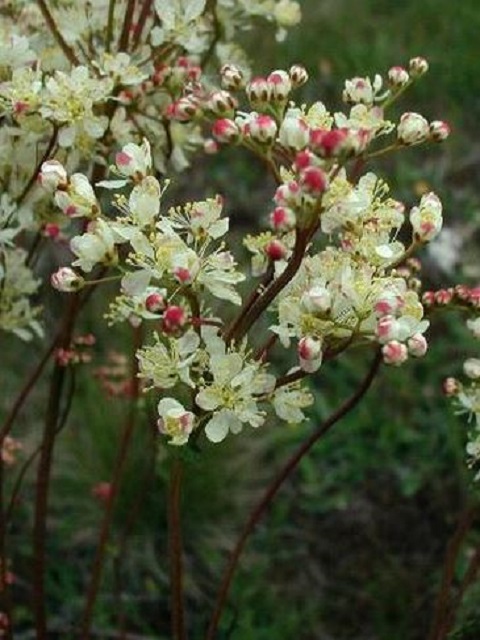
A perennial with fern-like leaves and foamy cream flowers opening from pink buds, emitting a robust, delicious smell. Dropwort can tolerate the drier conditions to partial shade, this plant is also known as Lady's Belt, Little Queen and Meadowsweet.
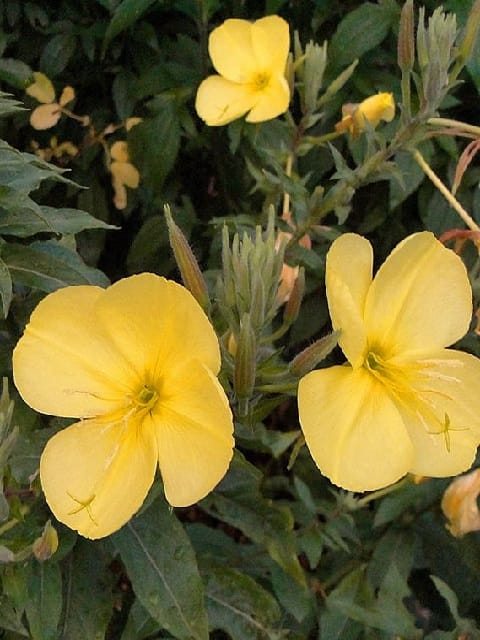
A tall, bright yellow annual or biennial wild flower plant widely naturalised in coastal areas and beside railway lines. Originally from North America, its oil is used in various herbal remedies. The wild flowers open in the evening and are visited by a large number of Moth species.
Height: 50 - 150cm
Prefers: Dry free draining soil in full sun
Flowers: June - September

False fox flowers in a spike of yellow, green and pale brown. This perennial plant thrives in wetland areas and heavy soils and can be commonly found near lakes, rivers and waterways as well as coastal areas.
This item is currently unavailable
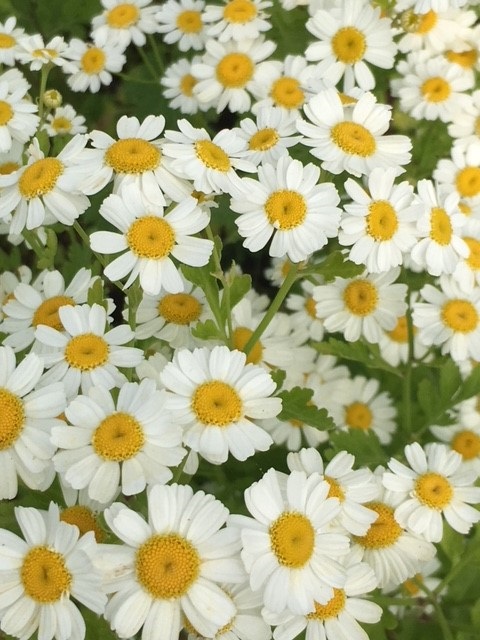
This perennial plant with bright daisy-like flowers that are excellent in full sunlight and have been admired for their medicinal values. Feverfew is known for the strong scent that is given off when the flowers are in bloom.
.jpg)
Well known wildflower species, this delightful annual with its icy blue or pale pink flowers will readily self-seed, preferring well-drained soils.
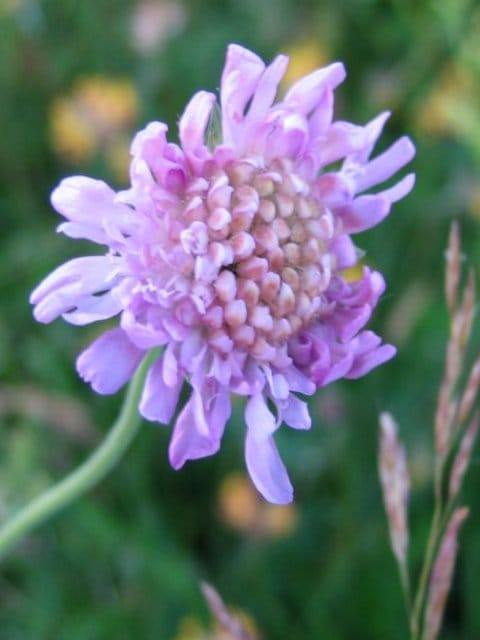
A tall native perennial wildflower plant with hairy stems found in grasslands across Britain. An individual Field Scabious wildflower plant can have as many as 50 purplish-blue wildflowers on it at a time. It is very attractive to wildflower butterflies.
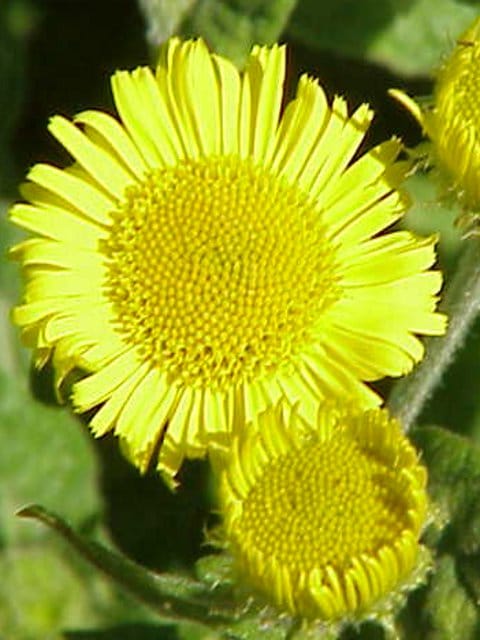
Native perennial wildflower plant common in marshes, ditches and wet meadows. Rare in Scotland. Upright woolly wildflower plant with clusters of gold flowers during August and September.
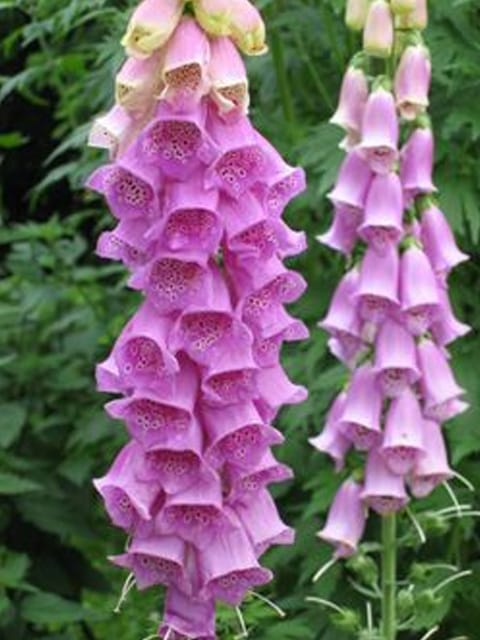
A native biennial is occasionally perennial, common in woodland leering, hedgerows and heaths. The Foxglove wildflower plant has tall spikes of pinkish-purple bell-shaped wildflowers. The wildflowers are pollinated by bumblebees.
This item is currently unavailable
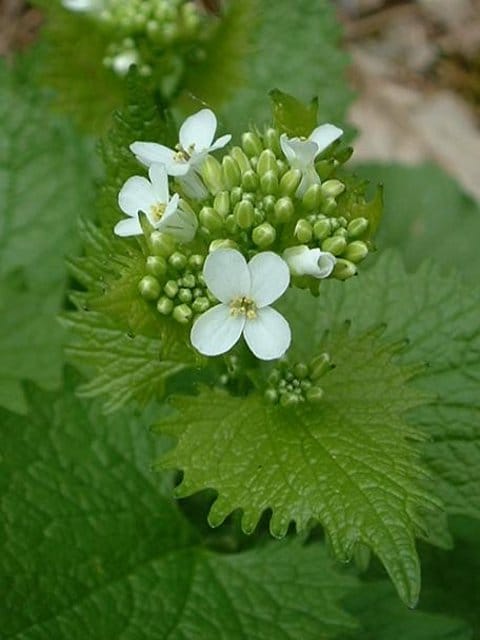
A hairless biennial that smells of garlic when crushed, leaves are toothed and heart-shaped, with long-stalked with white flowers.
This item is currently unavailable

Perennial. Generally, large purple/blue flowers although they can have white flowers, on a long leafy spike. Also known as Wide-Leaved Bellflower or Large Campanula, these plants can tolerate a drought reasonably well.
This species is dormant throughout winter and therefore will be likely to have small or ...
This item is currently unavailable
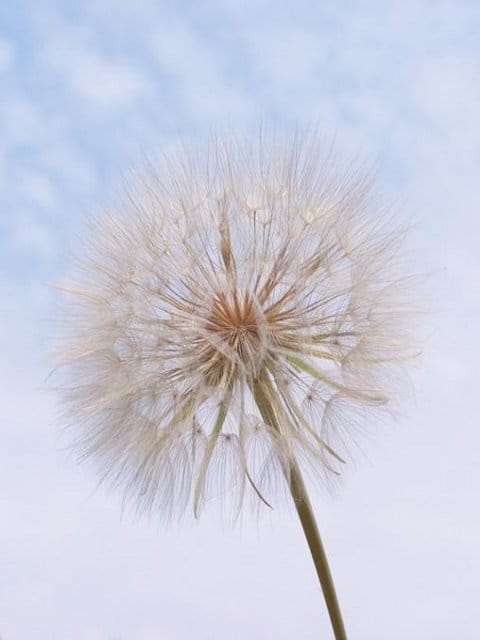
A perennial with yellow dandelion flowers followed by impressive seed heads, that bloom in the early morning sun but shy away after midday. This plant grows nearly a meter tall and is attractive to birds.
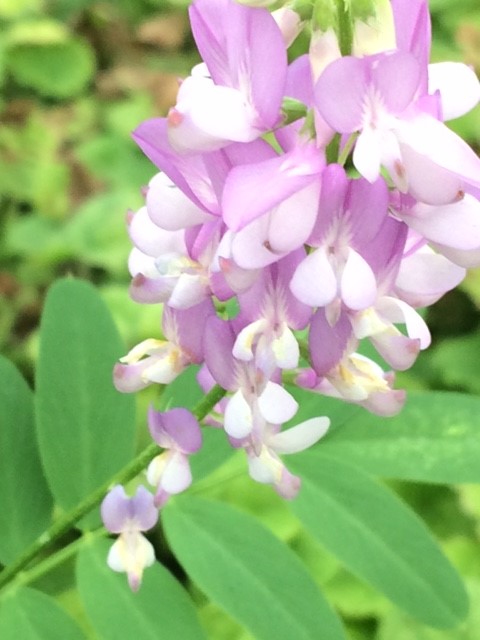
Goats Rue is a perennial plant with small sweet pea-like lavender-lilac flowers, these bloom in late summer through to early autumn. In herbal medicines, it has been used as a diuretic, and with a combination of herbs as a tonic.
This item is currently unavailable

This Perennial has yellow flowers that have larger heads than normal birdsfoot trefoil, this is widely known as the more deluxe version with the rich dark foliage and can be found in a range of damp and wet environments.

A handsome, tall, native perennial wildflower plant that grows in damp meadows and road verges. The blood-red wildflowers, produce abundant nectar to attract insects to aid pollination.
This item is currently unavailable
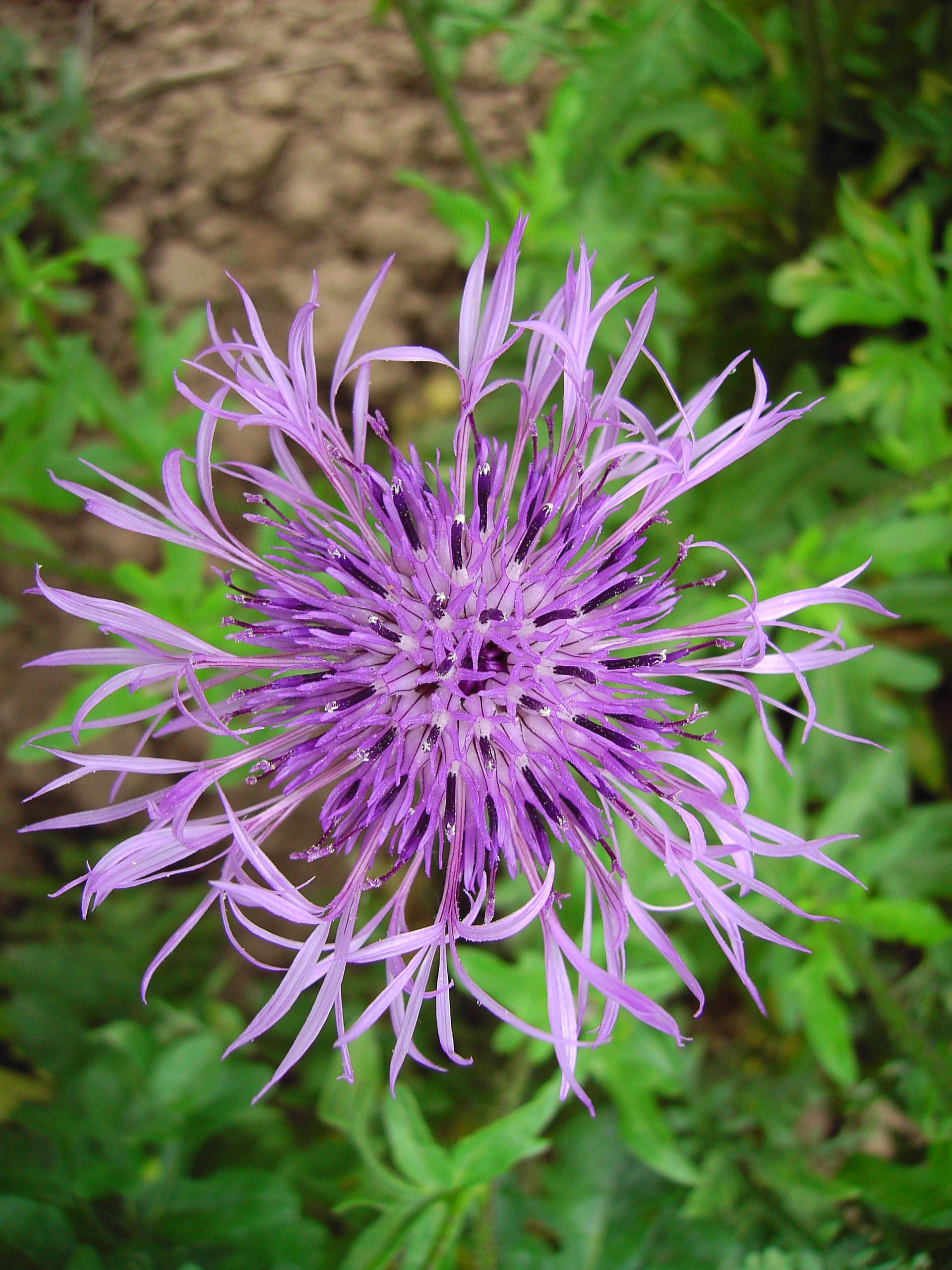
A native perennial wildflower plant, common on dry grassland, roadsides and hedgerows, especially on chalky soils. Reddish purple thistle-like flowers on long stalks are produced from July to September.
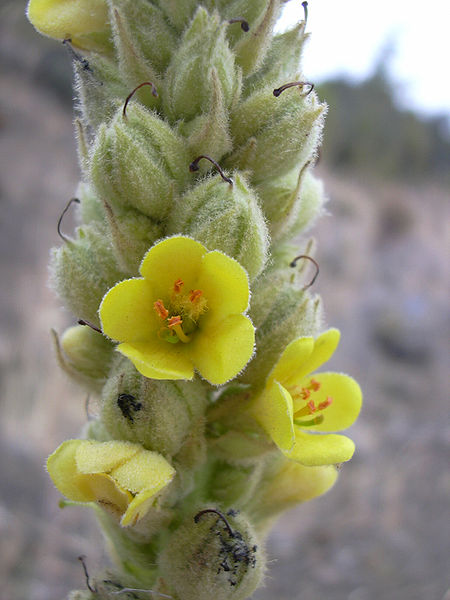
A very tall biennial plant that can grow up to 2m tall it has white, woolly hairs, long leaves with pale yellow flowers on shorts spikes, grouped together on a dense spike.
This item is currently unavailable

A pretty white hedgerow and woodland perennial wildflower plants can be found throughout Britain. The grass-like leaves form large clumps that will die back in the summer and reappear the following spring. It was once believed that picking these wildflowers would provoke thunder and lightning.
This item is currently unavailable
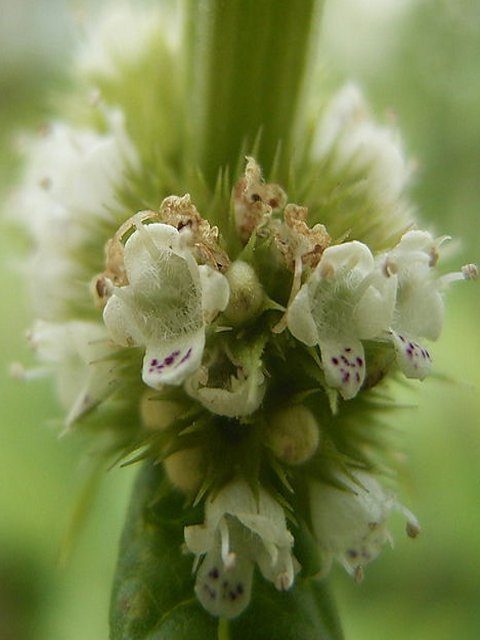
Gypsywort is a perennial plant with unstalked flowers that cluster around each pair of upper leaves on a stem, producing white flowers with red-spotted lower lips and spear-shaped leaves.

Landlife Wildflowers grow and supply high-quality, native wildflower products, restoring wildflowers right across the UK. Working in conjunction with wildlife charity, Buglife, we’re bringing back Britain’s treasured wildflowers! Find out more about why we’ve been trusted by the general public, Natural England and The National Trust for over twenty years.

We’re proud to supply only the highest-quality, native wildflower products - tried, tested and refined by us for two decades to ensure each and every customer is delighted with their purchase. Find out more about our commitment to the supply of native, provenance-assured wildflower products to restore Britain’s natural wildflower habitats for bees, butterflies, birds and wildlife.

If you have any questions or would like to get in touch, our team of wildflower experts are on hand to guide you every step of the way. We love talking about wildflowers and the quality of our products, and are pleased to help with any enquiry, including how to establish wildflowers, product recommendations and even creating custom mixtures for specific projects.